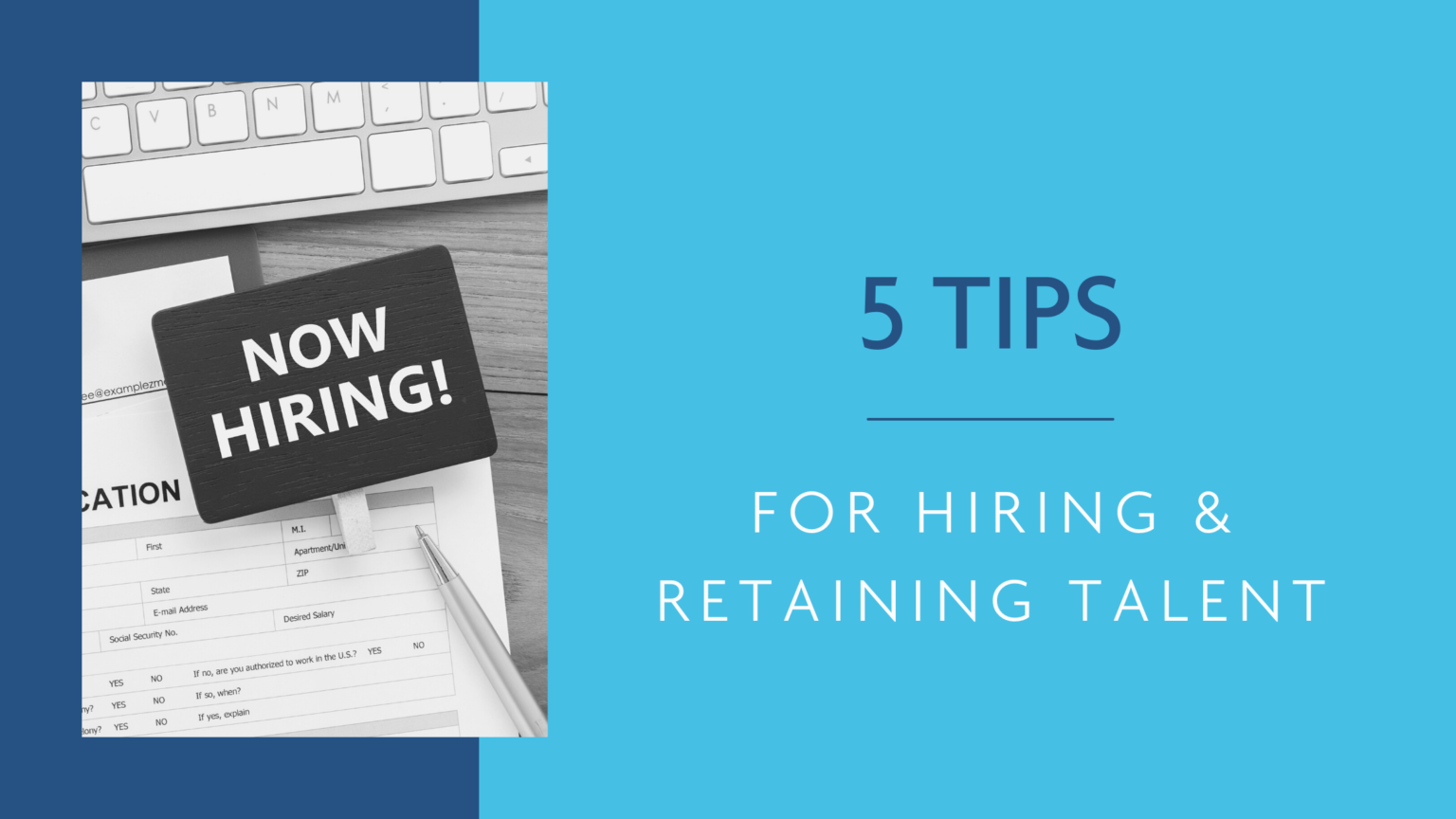I was recently sharing a cab with the business owner of a print manufacturer heading to an industry conference where I was slated to be a presenter on workforce trends and solutions. He turned to me and said, “Ok, then tell me… where the heck did everyone go? Where are the workers and how do we get them to come work for us?”
Where indeed! The truth is that workers have left their jobs for a variety of reasons to go to a variety of places. Initially, many thought that employees had left the workforce because of the incentive that the federal expansion of unemployment insurance benefits under the CARES and American Rescue Plan Acts. But as time passes, this explanation is insufficient – the federal unemployment insurance benefits ended in September 2021 and yet 4.4 million workers quit their jobs in that month. Moreover, 4.2 million left or changed jobs in October and a record 4.5 million workers quit their jobs in November 2021. The Great Resignation continues to grow and shows no sign of abating.
Some have quit their jobs because of continued COVID hesitancy, and some because of ongoing childcare challenges, especially given the new Omicron variant and the fact that our youngest children still cannot get vaccinated. Others have quit their jobs because they are caregivers to elderly, vulnerable parents who remain at risk.
Somewhat unexpectedly, baby boomers are leading the workplace exodus faster than all other worker demographics. This so-called “Silver Tsunami” is having a significant impact, with nearly 30 million baby boomers leaving the job market in the third quarter of 2020 alone. Moreover, a recent study by Coventry showed that more than 75% of respondents said they planned to retire early, largely because retirement portfolios have grown significantly over the past few years, creating an incentive to retire completely or to take a break before considering a second or third career path.
Some have quit to gain the education or training necessary to launch a more stable, lucrative or fulfilling career path. Others have quit to go and work for a competing company that is able and willing to pay more money, offer greater work-life flexibility, offer remote work opportunities or provide a better culture.
Finally, some have quit their jobs simply because they are burned out, either emotionally, physically or psychologically, and are taking a much-needed break to reset and renew, knowing that when the savings run low there will be ample job opportunities for them to jump back into the labor market.
What’s an employer to do? Well, it starts with a shift of mindset and these five steps:
Step 1: Imagine the talent you want and S.W.O.T. them!
Who are you looking to hire? Is it someone with maturity and experience? Someone with less experience but lots of enthusiasm? Someone local or someone remote? We encourage our clients to visualize the talent they seek and work to understand what their desired employees are looking for. What do they want? Too often, business leaders fail to recognize the unique needs and wants of their talent and focus instead on what they as employers want.
When considering the needs of potential hires, it’s important to consider one of the most disruptive changes to the modern workplace – remote work and workplace flexibility. According to research conducted by the Forrester Research Group, prior to the recent COVID pandemic in 2020, 10% of employers reported having some form of hybrid workplace, meaning that one or more employees worked one or more days per week remotely, either part time or full-time. As of May 2021, 60% of employers plan to embrace a hybrid work model, and 10% plan to go completely remote going forward. Many of the decisions to move to a hybrid model of work are being driven by employees themselves.
According to FlexJobs.com, more than 50% of workers want to maintain a hybrid work schedule once the pandemic ends, and 33% are willing to quit their current jobs if they are not allowed to work remotely at least some of the time. Twenty-seven percent would be willing to take a pay cut of up to 25% to work remotely, and 81% say they would feel more loyal.
What do your potential employees want in their lives and in their jobs? Don’t know? Just ask the ones who already work for you and who are in the same demographic what they want and like about their jobs. What are their strengths and opportunities and how can you maximize those assets while minimizing the weaknesses and threats that they may possess?
Step 2: Shift your marketing spend
How much of your marketing budget are you spending to tell your story to attract talent? My guess is very little. I have spent endless hours exploring corporate career sites and company job boards and few of them show any effort to attract talent. Instead, the marketing is often re-constituted sales material that, from a potential employee’s perspective, is boring and uninspiring. Revamp it! Show prospective employees you understand who they are and what they want. Use videos, social media and testimonials to tell the stories of employees just like them. Show community. Show opportunity. Show your culture. Maximize social media. Yes, create a TikTok video! Don’t know how to do this? Find someone who does and put your marketing resources here.
Step 3: Remove barriers
Try this: grab your smartphone and log on to your website and look for your career site. Is it easy to find? Next, look at your job openings. Do they look cool and would a Gen Z be inspired to apply? Remember, 90% of job seekers look for jobs from their mobile devices. Next, try applying using your mobile phone. Not easy? That’s a problem because the vast majority of employees in the first 10 years of their careers are applying for jobs using their mobile devices. Keep going – did you fill out the employment application? Hard, right? Having to search for the names and phone numbers and addresses of previous employers and educational institutions and then having to populate the application fields using your smartphone is close to impossible. Simplify your application and keep revising until it’s easy to complete. Don’t forget to capture candidates who start applications because if they bailed before completion, it’s likely not because they are uninterested but because it was too hard to complete. They still may be interested.
Step 4: Use your imagination
Wages are going up…fast. In order to remain competitive, many employers are paying more for talent than they budgeted and then they face internal inequities with their existing talent pool. Yes, pay is important, but so are other things. Young workers want to do well, but they also want to do good. How can you help them do that? Most young workers would take less pay for more time off. They want to travel – how can you help them do that? Who wouldn’t want a leased car or a holiday vacation rental as a perk? Stop thinking only about pay and look for innovative and creative perks and benefits that can attract and inspire the talent that you want.
Step 5: Focus on flexibility
It’s no surprise that after more than a year of working from home, employees want to maintain some form of flexibility. Those who cannot work from home want that flexibility, too. Survey after survey show that employees will be more loyal, more engaged, and will even accept less pay to obtain more workplace flexibility. Not sure how to do that? Ask your employees how to create and maintain a flexible workplace, regardless of job role.
Yes, 2022 looks like it’s going to be challenging from a hiring and retaining standpoint. With empathy, creativity, imagination, and Affinity HR Group by your side, let’s make it the best year yet!
By Claudia St. John, SPHR, SHRM-SCP, President – Affinity HR Group, Inc.





